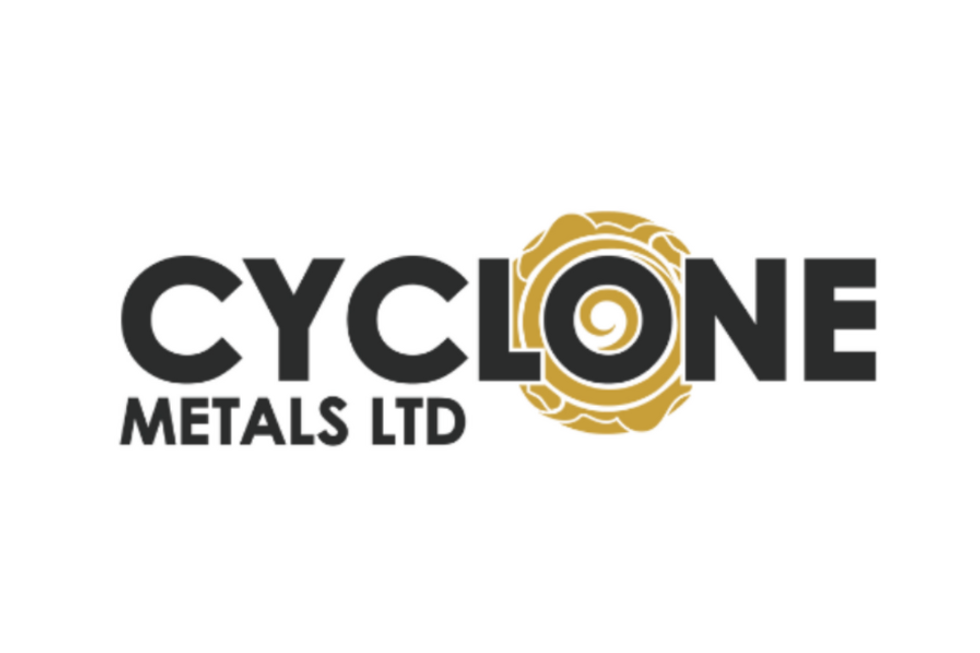
Despite the slowdown, prices for the base metal are still up year-on-year and year-to-date.
After a surge in the summer, iron ore prices have since fallen and stabilized as supply increases.
Over the past four months, iron ore prices have decreased by 23.89 percent. In October, the base metal‘s price fluctuated between US$91.59 per tonne and US$93.53.
Iron prices jumped during the summer as annual production sank, due in part to the fallout from Vale’s (NYSE:VALE) dam collapse in January, which killed at least 248 people.
The collapse led to the shuttering of the Brucutu mine in Brazil, and while Vale’s production slowed after the incident, the company’s output is picking back up. It announced on Monday (October 14) that it produced 86.7 million tonnes during Q3, an increase of 35 percent from the previous quarter.
In June, Vale reiterated its 2019 sales guidance of 307 to 332 million tonnes for the asset. The company expects sales to come in around the middle of that range.
BHP (ASX:BHP,LSE:BHP,NYSE:BHP) has also struggled, as the company became embroiled in a US$5 billion lawsuit in England in response to the 2015 dam collapse at its Samarco mine in Brazil.
The collapse killed 19 people and polluted over 600 kilometers of Brazilian river systems, making it the country’s worst environmental disaster.
But things are changing in the iron ore space, as other companies pick up production to make up for the vortex left by Vale and BHP.
Diversified miner Rio Tinto (ASX:RIO,LSE:RIO,NYSE:RIO) reported on Tuesday (October 15) a 10 percent increase in iron ore production during Q3. Also during the third quarter, Australia’s Office of the Chief Economist said large producers in the country will partially fill the gap.
Over the past month, iron ore demand has surged in China despite the ongoing trade war with the US. FocusEconomics reports that demand in the Chinese market for iron ore will likely remain high, which should support elevated prices in the future.
Despite the recent slowdown, iron ore prices are still significantly higher than in the past. According to FocusEconomics, the price of iron ore on October 4 was 29.5 percent higher on a year-to-date basis and up 34.9 percent from the corresponding day last year.
FocusEconomics’ analyst panel expects iron ore prices to gradually decline during Q4, but to remain higher than the previous year’s levels.
At market close on Tuesday iron ore prices were at US$92.62.
Don’t forget to follow us @INN_Resource for real-time updates!
Securities Disclosure: I, Sasha Dhesi, hold no direct investment interest in any company mentioned in this article.
